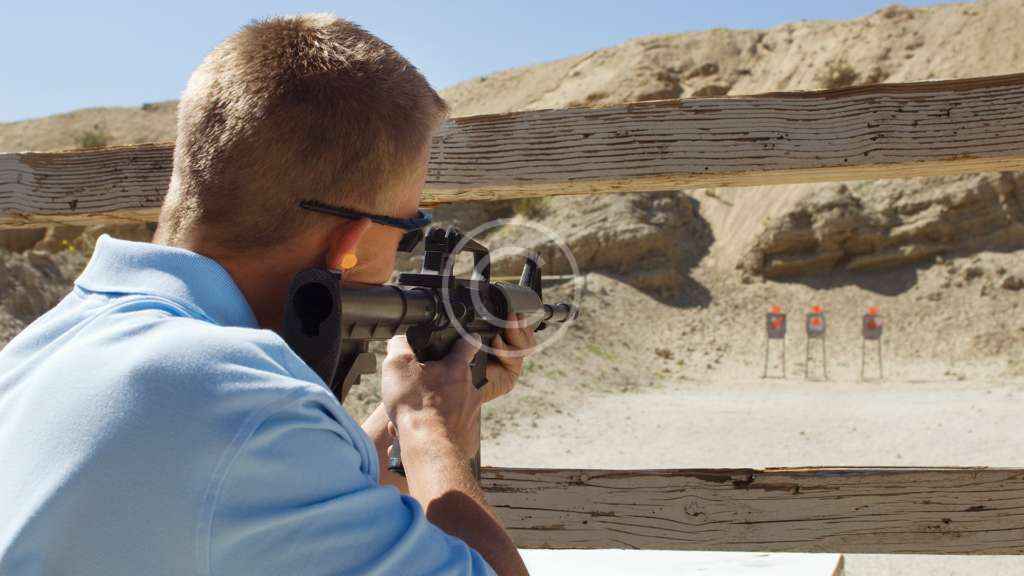All Types of Bullets and Weapon Cleaning

How to Choose and Clean Your Bullets Like a Pro.
If you are a firearm enthusiast, you know that bullets are not just pieces of metal that fly out of your gun. They are the key component that determines the accuracy, power, and effectiveness of your shooting. But do you know how to choose the right bullets for your firearm and how to clean them properly? In this blog post, I will share with you some tips and tricks on how to select and maintain your bullets like a pro.
## Choosing the Right Bullets
Bullets come in different shapes, sizes, and types, each with its own advantages and disadvantages. Depending on your purpose, you may need different kinds of bullets for different situations. Here are some common types of bullets and their uses:
- Full Metal Jacket (FMJ): These are the standard bullets for military use, known for their durability and reliability. FMJ bullets are designed to not expand upon impact, making them less destructive than other types. They are ideal for target practice, plinking, and training.
-
Hollow Point (HP): Unlike FMJ, HP bullets are designed to expand upon impact. This causes a larger wound channel, making them a popular choice for self-defense and hunting. However, they also have more recoil and may over-penetrate or ricochet, so be careful where you shoot them.
-
Open Tip Match (OTM): Not to be confused with hollow points, OTM bullets have an open tip but aren’t designed to expand. They are precision-made for high accuracy, preferred by competition shooters and snipers. They are also more expensive and may not feed well in some firearms.
-
Frangible Bullets: These bullets are designed to disintegrate upon impact, reducing the risk of over-penetration and ricochet. They are often used in shooting ranges or environments where safety is a priority. They are also less effective for self-defense and hunting, as they may not cause enough damage.
When choosing bullets, you also need to consider the caliber, which is the diameter of the bullet. The caliber must match the firearm you are using, otherwise you may damage your gun or cause a malfunction. You can find the caliber of your firearm on the barrel, the slide, or the frame. Some common calibers are:
- 9mm: This is the most popular handgun caliber in the world, used by many law enforcement and military agencies. It is easy to shoot, has low recoil, and is widely available. However, it may not have enough stopping power for some situations.
-
.45 ACP: This is a large and powerful handgun caliber, favored by many American shooters. It has more stopping power than 9mm, but also more recoil and less capacity. It is also more expensive and harder to find.
-
.223 Remington: This is the standard rifle caliber for the AR-15 platform, the most popular rifle in the US. It is a fast and accurate caliber, suitable for varmint hunting and target shooting. However, it may not be the best choice for larger game or long-range shooting.
## Cleaning Your Bullets
Cleaning your bullets is not as complicated as it may sound. You just need some basic tools and materials, and a few minutes of your time. Here are the steps to follow:
- Prepare your workspace: Find a well-ventilated and well-lit area, preferably with a hard and flat surface. Lay down some newspaper or cloth to protect your table and catch any spills. Gather your cleaning supplies, such as a cleaning rod, a bore brush, a patch holder, patches, a solvent, and a lubricant. You may also need a pair of gloves and some eye protection.
-
Unload your firearm: Before you start cleaning, make sure your firearm is unloaded and safe. Remove the magazine and check the chamber for any rounds. Never assume your firearm is empty; always double-check.
-
Remove the bullets: Depending on the type of firearm and ammunition you have, you may need to use a bullet puller, a kinetic hammer, or a reloading press to remove the bullets from the cases. Be careful not to damage the bullets or the cases, as you may want to reuse them later.
-
Clean the bullets: Use a soft cloth or a paper towel to wipe off any dirt, grease, or residue from the bullets. You can also use a mild solvent or a vinegar and salt solution to remove any corrosion or tarnish. Do not use any abrasive materials or harsh chemicals, as they may damage the bullets or affect their performance.
-
Dry the bullets: After cleaning, make sure the bullets are completely dry before storing them. You can use a hair dryer, an oven, or a dehydrator to speed up the process. Do not expose the
bullets to direct sunlight, as it may cause discoloration or oxidation.
- Store the bullets: Once the bullets are clean and dry, you can store them in a cool, dry, and dark place. You can use plastic bags, ammo boxes, or reloading trays to keep them organized and protected. You can also label them with the caliber, type, and date of cleaning for future reference.
By following these simple steps, you can keep your bullets in good condition and ready for your next shooting session. Remember, clean bullets mean better accuracy, reliability, and safety. So don’t neglect this important aspect of firearm maintenance.
I hope you enjoyed this blog post and learned something new. If you have any questions or comments, feel free to leave them below. Thank you for reading.
(1) All Types of Bullets and Weapon Cleaning – Advanced Arms. https://www.advancedarms.com/all-types-of-bullets-and-weapon-cleaning/.
(2) How To Clean a Handgun: Gun Maintenance Guide | Academy. https://www.academy.com/expert-advice/how-to-clean-a-handgun-or-firearm.
(3) Cleaning Bullets | How To Do It Correctly – Survival Freedom. https://survivalfreedom.com/cleaning-bullets-how-to-do-it-correctly/.
(4) Clean Slate: How to Remove Fingerprints from Bullets. https://purepleasant.com/how-to-remove-fingerprints-from-bullets/.










